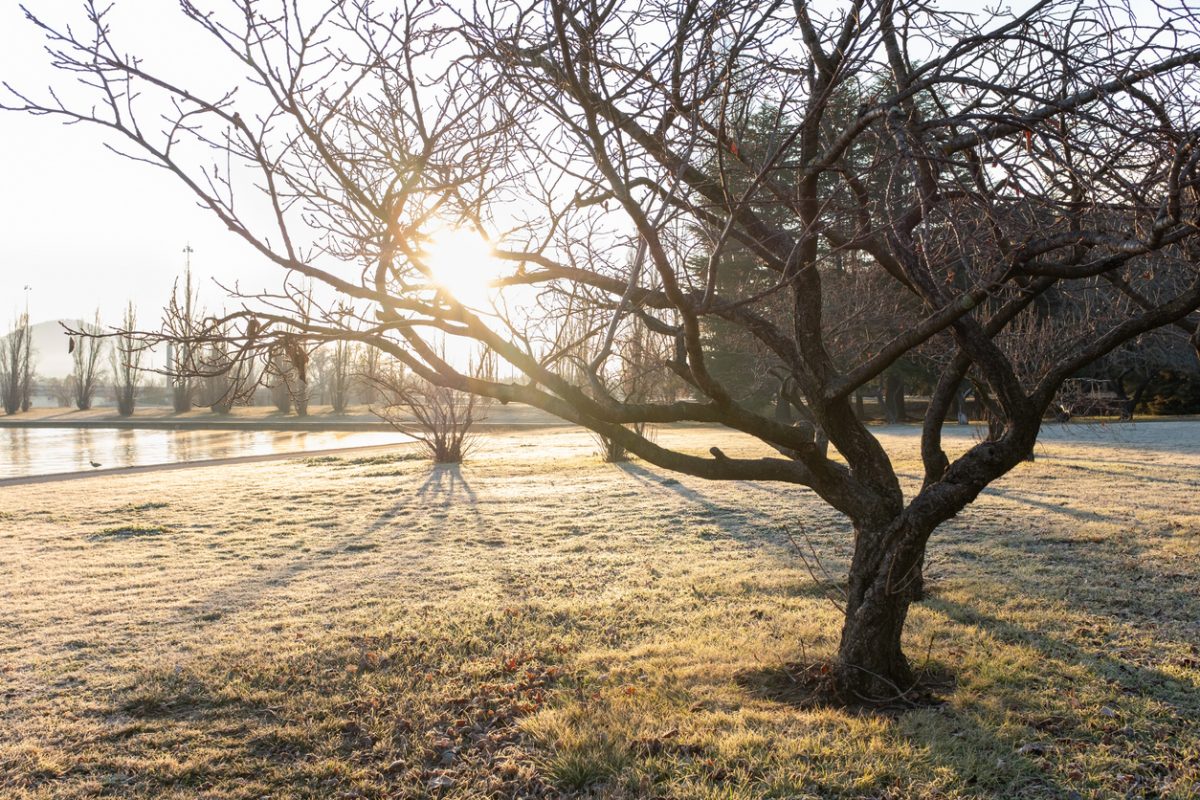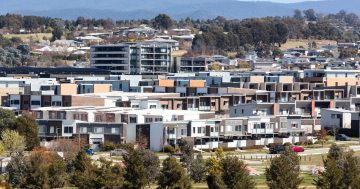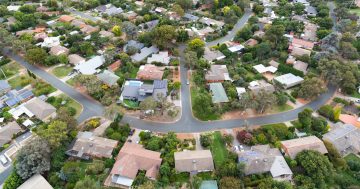
The ACT recorded the coldest indoor temperature of anywhere in the country, at 4.5 degrees. Photo: File.
Research conducted by Better Renting has found that rental homes in the ACT are failing to meet World Health Organization (WHO) guidelines for minimum indoor temperatures.
Better Renting tracked winter temperatures in rental properties across Australia and found that 100 per cent of homes in the ACT were below WHO’s recommended indoor temperature of 18 degrees Celsius.
The ACT recorded the coldest indoor temperature of anywhere in the country, at 4.5 degrees.
The average winter median indoor temperature was the lowest of any jurisdiction in Australia, at 15.3 degrees, and the average minimum indoor temperature of 6.9 degrees was also the lowest in the country.
Lower indoor temperatures are associated with higher blood pressure, increased risk of poor health outcomes from cardiovascular disease, respiratory disease and poor mental health. For vulnerable people, the elderly and those with existing conditions, living in an inadequately heated home could be fatal.
It is estimated almost one in 15 deaths in Australia is attributable to cold conditions, and a link has been found between warmer homes and better health.
Better Renting executive director Joel Dignam said it painted a “pretty grim picture” of renting in the ACT.
“On the surface, the ACT is one of the coldest places for renters,” Mr Dignam said.
He said while this wasn’t surprising, it was “startling” to find so many people living in conditions that were “not really liveable”.
“People are spending 84 per cent of the time in below 18 degrees Celsius in the ACT … this is not a healthy environment.”
Mr Dignam said this was having a major impact on mental health – by causing feelings of depression and potentially social isolation as people felt unable to host others in their own home, and by causing anxiety.
“You’re really worried about every time you turn on the heater what that’s going to look like when your bill comes through,” he said.
Colder living conditions can also have a significant impact on the healthy.
“If you’re relatively young and healthy, being in a cold home means you’re going to be sick more often in winter, your immune system is weaker, and it’s going to take you longer to get better.”
For older people, there is a greater risk of heart attack or stroke due to higher blood pressure.
“We also have a growing number of older renters who are more likely to have existing health conditions or vulnerabilities. And that’s where I think cardiovascular health is a particular concern.”
Mr Dignam said it was vital that changes were made to how homes were built and insulated.
The ACT has committed to building new homes to a seven-star energy standard, which will begin next month. But it’s in Canberra’s existing homes where the problem lies.
“The issues are coming up in old properties,” Mr Dignam said. “A lot of the housing stock in Canberra is glorified tents that were built in the 60s and 70s, where in some cases literally cardboard was the insulation.”
The ACT Government has also introduced a ceiling insulation standard for rental homes, which came into effect on 1 April this year. For any leases signed after this date, rental providers have nine months to bring the property up to standard, provided they are not exempt. Advertisements for rental properties must also disclose whether a property is compliant with this standard or exempt.
The phase-in period ends on 30 November 2026. After this point, all existing rentals must comply and any new rentals must comply within three months.
“It’s still probably going to be a while yet before you really see that beginning to drive changes, but stuff is beginning to happen and within a couple of years it should have hopefully reached a lot of rentals,” Mr Dignam said.
“And that actually makes a really big difference because in winter most of the heat that escapes is escaping through the ceiling.”
However, for current renters whose tenancy started before 1 April, there are still some changes that can be made to help improve their situation, such as sealing cracks and gaps where heat might escape.
“Imagine heating the air in your home. If that air is then getting blown out through the gaps 20 times an hour, you’re really fighting a losing battle,” Mr Dignam said.
Better Renting has produced a guide for renters with a range of ways they can improve energy efficiency in their homes without making major changes requiring a landlord’s permission.
For more information, visit the Better Renting website.


















